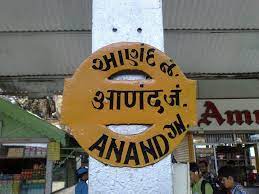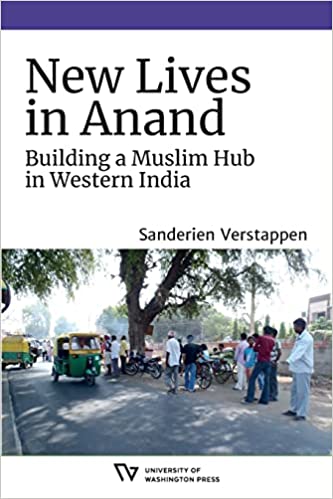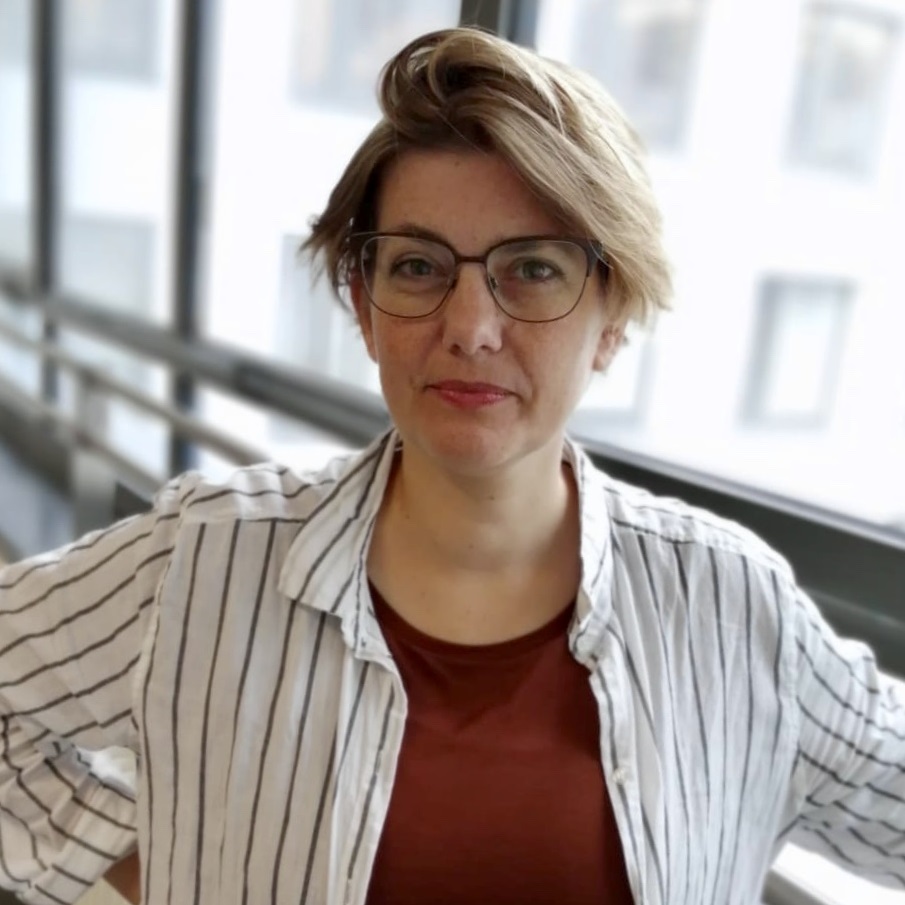INDIA:
Sanderien Verstappen’s ‘New Lives in Anand’ shows us how new lives and connections are made by communities who have deep ties to a region and a way of life that cannot be reduced to the word ‘Muslim.’

In 2005, I was back in Ahmedabad collecting stories of Hindus, Muslims and Dalits living beside each other in the eastern part of the city in a neighbourhood called Vatva. I had worked as a volunteer in the Qutb-e-Alam dargah relief camp in Vatva in the aftermath of the 2002 pogrom. Vatva lacked basic infrastructure – the sewers were overflowing with garbage, the roads were broken, and the air was pungent with chemicals from local industries. The area had a sizeable population of Muslims who often lived beside Hindus and Dalits.
As part of my research, I met a lower-level bureaucrat at the Ahmedabad Municipal Corporation (AMC) to learn more about the history of the neighbourhood. Opening large survey maps of the area, he was puzzled by my interest in Vatva. “It was a bad area,” he said, an expression and attitude that accompanied discussions of Muslim-majority neighbourhoods in Ahmedabad far beyond the corporation offices.

Sandrien Verstappen’s wonderful new book New Lives in Anand tells us that the story of Gujarati Muslims does not end with violence and displacement. Verstappen focuses on the attempts of one Muslim community, the Charotar Sunni Vohras in Anand, to make a new life in the aftermath of state-sanctioned public violence in 2002. Violence that forced many Muslims to flee Hindu-majority villages and seek safety in Anand.
By focusing on the attempts of the Vohra community to make a meaningful life, secure marriages, do business, and “bring the community together,” we get a glimpse of a world where Muslims are not permanent outsiders in Gujarat but essential to the creation of a region through their embeddedness in Charotar’s fertile agricultural economy. By telling the story of Gujarati Muslims through the prism of a specific region, Verstappen can describe their similarity with local Hindus, like the Patidar community. The lens of region, not religion, allow us to see the flimsiness of the idea of a homogenous Muslim community that is being served all day in contemporary India.
A board member of the Charotar Sunni Vohra community jokingly refers to Anand as a “Mecca of Vohras” and yet the joke is serious because it is a reminder to readers that despite the best efforts of Hindu supremacists in India to portray Muslims as foreigners in Gujarat (and India), Indian Muslims are building spaces that are safe for them; spaces that cannot be reduced to suffering and marginalisation but open new opportunities for middle-class Muslims.
But why Anand? The book begins with the exodus of Muslims from Hindu-majority rural areas to urban centres like Anand after the 2002 pogrom. We learn that the pogrom has left no one untouched. It has instilled a fear even in places where there was no violence. Because, as Verstappen writes, “the fact that that there has not been any large-scale violence in Gujarat since 2002 is not considered an indication that peace has been restored and the violence is over.” However, the Vohra community’s successful attempt at building a hub in Anand through ‘regional belonging’ (the fact that they are from the Charotar region) must be seen in the light of the fact that they are a wealthy and powerful community amongst Muslims in Gujarat.
The book describes how, despite the setback of the Partition, the Vohra community organised itself through history writing, associations (such as Charotar Sunni Vahora Young Men’s Association in Bombay in 1936), and community halls and overseas organisations in the UK, US and Canada. Significantly, the Vohra community narrates it past as emerging from local Hindus who converted to Islam and therefore showing their links with local Hindu groups like the Patidar community in Gujarat.

Verstappen’s account of how the Vohras tell their history, manage their lives, and make claims of belonging in Gujarat is a powerful reminder of the importance of local ancestry, village-based marriage circles, and agricultural practices in the making of a community. What joins the Muslim Vohra community with their Hindu neighbours is as important as what separates them. And yet despite the valiant efforts of the Vohra community to build Anand as ‘hub’ for prosperity, the ongoing movement of Muslims from Hindu-majority villages and Hindus from Muslim-majority areas is a deeply troubling phenomenon that is not limited to Anand and should worry us all.
Anti-Muslim violence has created a vicious cycle which justifies segregation and the making of Hindu/Muslim majority neighbourhoods in the name of ‘peace.’ But this is not peace but apartheid. And it has significant effects on the well-being of those who live in Muslim-majority spaces. For instance, a resident of Gamdi in Anand says that “the municipality is only maintaining the roads in places where Hindus live.”
So regardless of communities perceive themselves, religiously segregated neighbourhoods can lead to the situation where certain areas are deliberately neglected by the government simply because they are inhabited by minorities. Segregated areas help politicians to clearly mark spaces that did not vote for them and then punish them. Even though Verstappen is keen to show that Vohras are part of a wider form of urbanisation in India and are not moving to Anand only because of safety but also to rise up the social ladder, I feel that state-sanctioned segregation cannot be understood through only a regional lens. Here the regional lens can be a limitation rather than an aid to understanding minoritisation.
The process of segregating and isolating Muslims in India within specific neighbourhoods is now a national issue and is connected to the second-class status accorded to Muslims beyond Gujarat. Having seen this process unfold in Gujarat over the last two decades, I cannot fail but notice that residential segregation is part of a larger fabric that creates the infrastructure for segregated laws, segregated schools, and segregated life. In some situations, like the current rise of Hindu supremacy in India, it is liable to become the bedrock for the unequal and unfair treatment of minorities.
Verstappen also tracks the transnational links of the Vohras, who like other Gujaratis overseas, send remittances home, invest in real estate, and support charitable organisations. In this way, the community uses the opportunities opened up by the overseas citizenship scheme and contributes to the development of Anand as a ‘hub’. Here, again, I am reminded of the recent violence in Leicester that shows that the domestic politics based on the false and pernicious idea that Hindus and Muslims belong to separate worlds and are forever at war may be spreading to the diaspora, which can have significant effects on the Vohra community in general.
In sum, Verstappen’s book is important because it tried to tell new stories about Indian Muslims, a story that does not begin with violence and end in suffering but shows us how a particular community, in a particular region is transforming displacement and segregation in the aftermath of anti-minority violence into the making of a ‘hub’ – a space for mobility, a space for aspirational middle-class Muslims to access Hindu spaces, a space to forge an identity that is not a prison. A story of the making of an aspirational Muslim middle-class that cannot be reduced to victimhood. In other words, the book shows us how new lives and connections are made by communities who have deep ties to a region and a way of life that cannot be reduced to the word ‘Muslim.’
Moyukh Chatterjee is a Visiting Scholar at the University of Edinburgh and is the author of the forthcoming book, Composing Violence: The Limits of Exposure and the Making of Minorities, Duke University Press (2023).
source: http://www.thewire.in / The Wire / Home> Books / by Moyukh Chatterjee / January 27th, 2023








